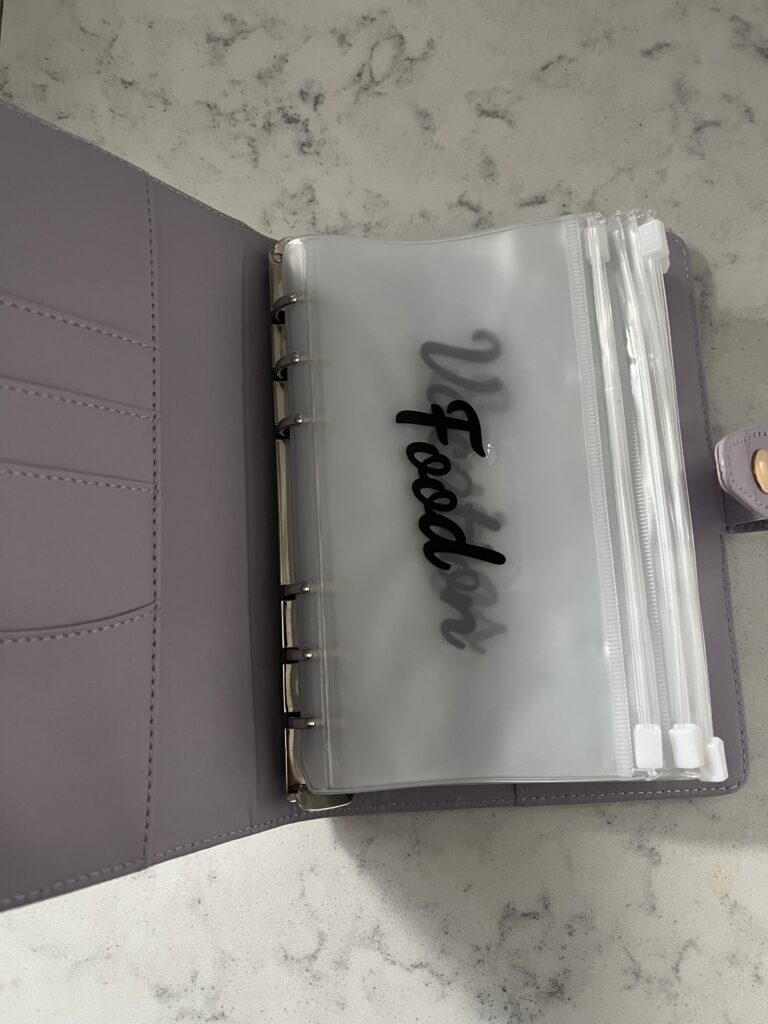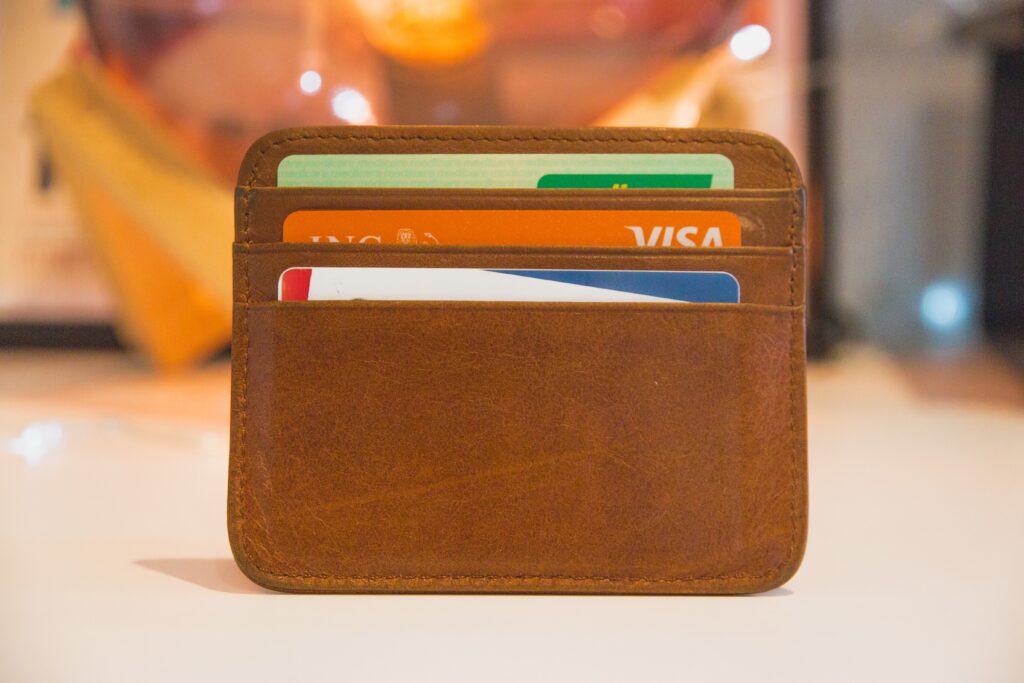Invest in yourself!
*And swipe*
It’s pretty normal to use our debit and credit cards everywhere we go, whether it’s at the supermarket, Starbucks or your favourite clothing store. Although it’s simple to make a purchase, using our cards actually makes it easier to overspend.
How? Well, picture this.
Let’s say you’re going to the supermarket with a $100 budget. At the end of your shopping trip, your bill is $150. But, since you’re already at the cashier, you might as well pay the bill, right? And just like that, you went over budget.
But what if I told you, there’s something you can do to avoid overspending and save money too? Have you heard about cash stuffing? If not, here’s everything you need to know.
What is cash stuffing?

It’s a budgeting practice which involves withdrawing cash on a monthly or bi-weekly basis. After which, you stuff cash into envelopes with specific categories as your budget for that specific thing. Categories for your envelopes can include groceries, vacation and dining out amongst others.
In addition, it involves using a cash wallet to achieve your financial goals.
How to start cash stuffing?
Well, it’s quite simple. Review your spending habits and determine your savings goals. This step involves reviewing the last two or three months of bank statements. That way, you can gauge your spending habits and identify the times you overspend.
Once you’re aware of your spending habits, you can start the cash-stuffing process. It’s recommended to break your cash stuffing into two categories:
- Variable expenses for everyday needs such as groceries and gas
- Sinking funds such as emergencies and insurance
Plus, you can have envelopes for savings too! It’s all about having categories that meet your budgeting needs and goals.
Benefits

If you’re still not sure if cash stuffing is right for you, take a look at all these benefits it has to offer.
- Increases awareness of spending. Cash stuffing provides a clear picture of your spending habits and finances. As such, you can see how your money is spent. And if need be, reduce your spending on certain expenses such as takeout and subscriptions.
- Prevents debt from accumulating. It’s really easy to use our credit cards for everything. But, if you stick to using cash, you can avoid racking up your credit card bill.
- Eases financial stress, It’s best to plan your spending ahead of each paycheck. That way, you have a greater sense of financial security. Plus, you don’t have to worry about bills!
An honest review
Last year, I started my cash-stuffing journey. I must admit, I was a bit skeptical. Cash stuffing required using “cash” as my main method of payment. However, I was willing to challenge myself and work towards my financial goals.
And guess what? Cash stuffing is a lifesaver. It truly is more than a budgeting tool! Now I’m more money-conscious and aware of how I’m really spending my money. As such, I have found ways to reduce my expenses and save more!
And don’t worry, it does take some time to get used to, but eventually, you will get a hang of things.
Other helpful tips
- Having a good cash wallet is key – that way you have enough labels for each budgeting category. Plus, enough envelopes too!
- There’s no need to cash stuff for your online bills. For example, you wouldn’t cash stuff to pay your phone bill.
- Use zero-based budgeting along with cash stuffing. It simply means when you subtract all your expenses from your income, the total should be zero.
Now that you are aware of cash stuffing, you should consider using this tool. That way, you’re closer to your financial goals while increasing your financial literacy. And if you feel stuck, you can always watch YouTube videos for assistance.
Good luck!
Here are some student discounts that can help you save a few bucks!
Follow IGNITE on Instagram, Facebook and Twitter for all things student life.
